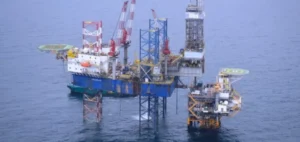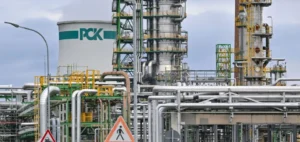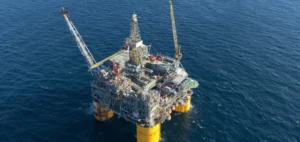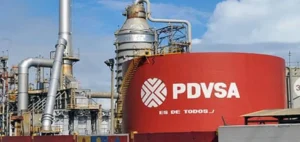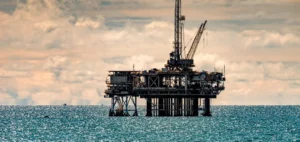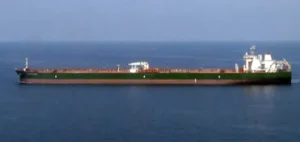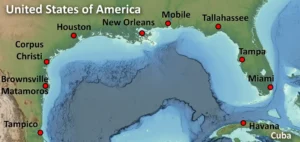Rystad Energy’s latest analysis shows that global recoverable oil reserves remain at around 1,536 billion barrels, down 52 billion barrels on the previous year.
This decrease is mainly attributed to annual production of 30 billion barrels and downward adjustments to contingent resources.
Changes in Priority Reserves and Developments
The most notable revisions concern Saudi Arabia, where development priorities have shifted from offshore capacity expansion to onshore development drilling.
Argentina, on the other hand, sees an increase of 4 billion barrels thanks to the reduced risk of shale projects in the Vaca Muerta formation.
These adjustments underline a global trend towards re-evaluating projects according to cost and recovery potential.
Impacts of the Energy Transition
Energy transition plays a crucial role in the future outlook for oil reserves.
Rystad Energy estimates that total recoverable reserves have fallen by 700 billion barrels since 2019, mainly due to reduced exploration activity.
This decline is linked to investor fears that new discoveries will remain untapped due to the increasing electrification of vehicles and the expected decline in oil demand.
If there is no transition to electric vehicles, current reserves will be insufficient to meet global demand.
Limiting oil supply will not be enough to curb global warming.
The only viable solution to keep temperature rises below 2.0 degrees Celsius is rapid electrification of road transport.
Analysis of Reserves by Region
According to Rystad Energy, OPEC members hold 657 billion barrels of recoverable oil, or around 40% of global reserves.
This figure is well below the officially declared reserves of 1,215 billion barrels, according to the BP Statistical Review 2022.
The biggest overestimates come from Venezuela, Iran, Libya and Kuwait, while Canada is the only OECD country to overestimate its oil reserves.
The five countries with the most recoverable oil remain the same as in 2023.
Saudi Arabia leads with 247 billion barrels, followed by the USA with 156 billion barrels.
Russia, Canada and Iraq complete the ranking, with 143, 122 and 105 billion barrels respectively.
Future Production Scenarios
In a realistic scenario, oil production would peak in 2030 at 108 million barrels per day (bpd) and decline to 55 million bpd in 2050.
Oil prices would remain around $50 per barrel in real terms.
In this context, around a third of the world’s recoverable reserves, i.e. 500 billion barrels, would become unexploitable due to uneconomic developments.
Such an energy transition scenario would make it possible to limit global warming to 1.9 degrees.
Rystad Energy estimates proven reserves at 449 billion barrels by recognized standards, representing a lower limit for remaining reserves in the absence of new development and exploration projects.
This upward revision from 2023 is the result of increased onshore development drilling in Saudi Arabia.
This update from Rystad Energy, dated January 1, 2024, provides a snapshot of each country’s remaining recoverable resources at the start of the year.









